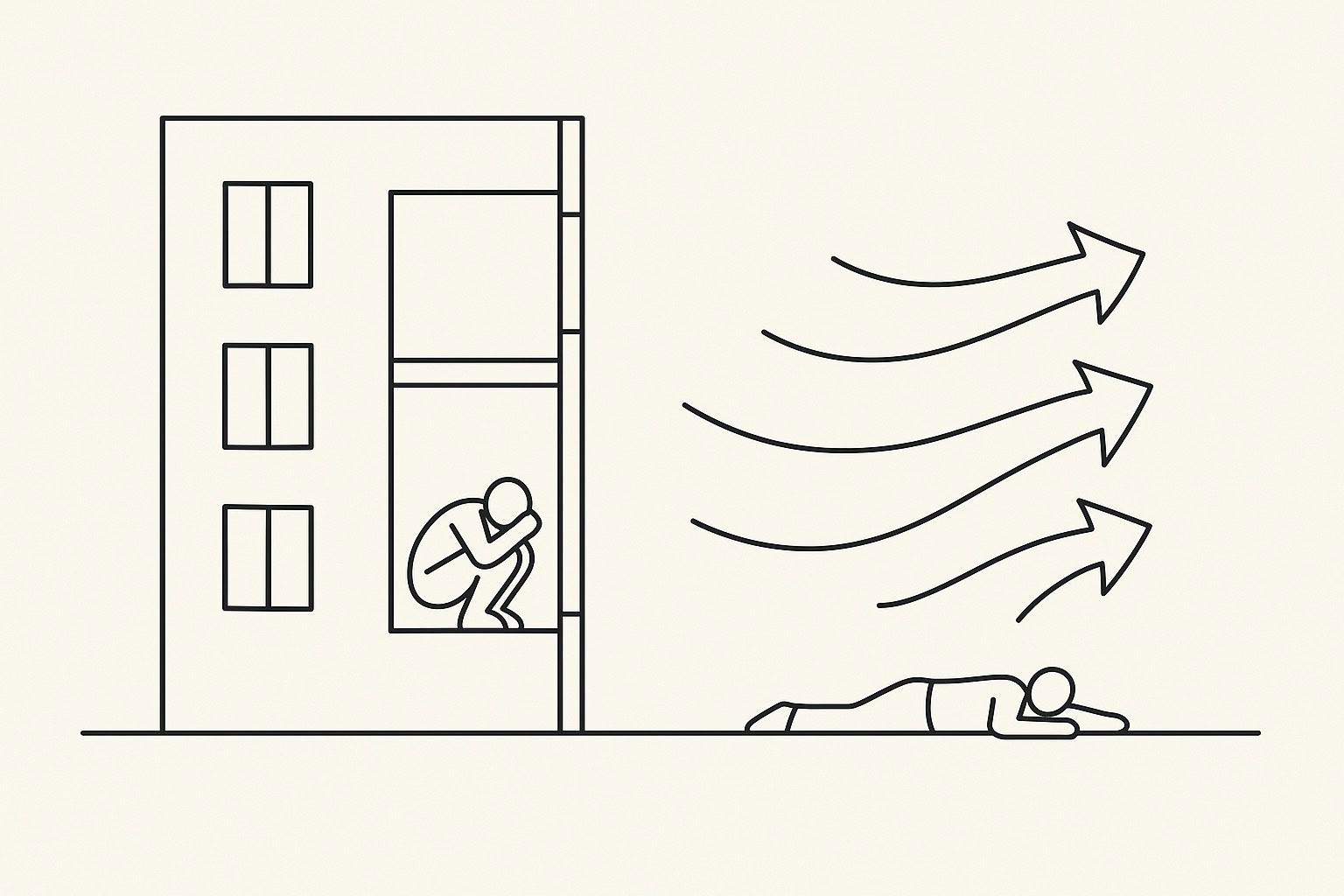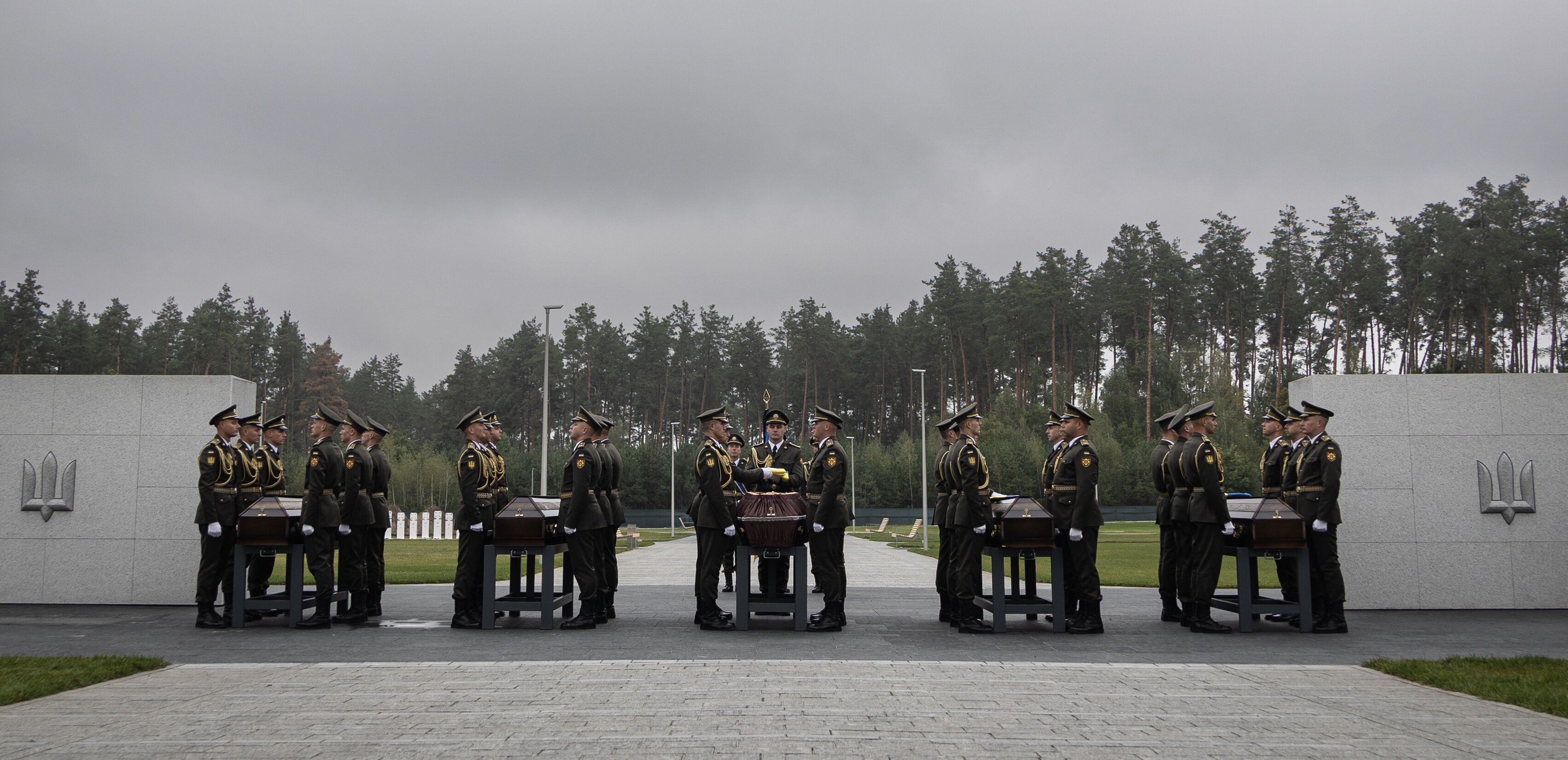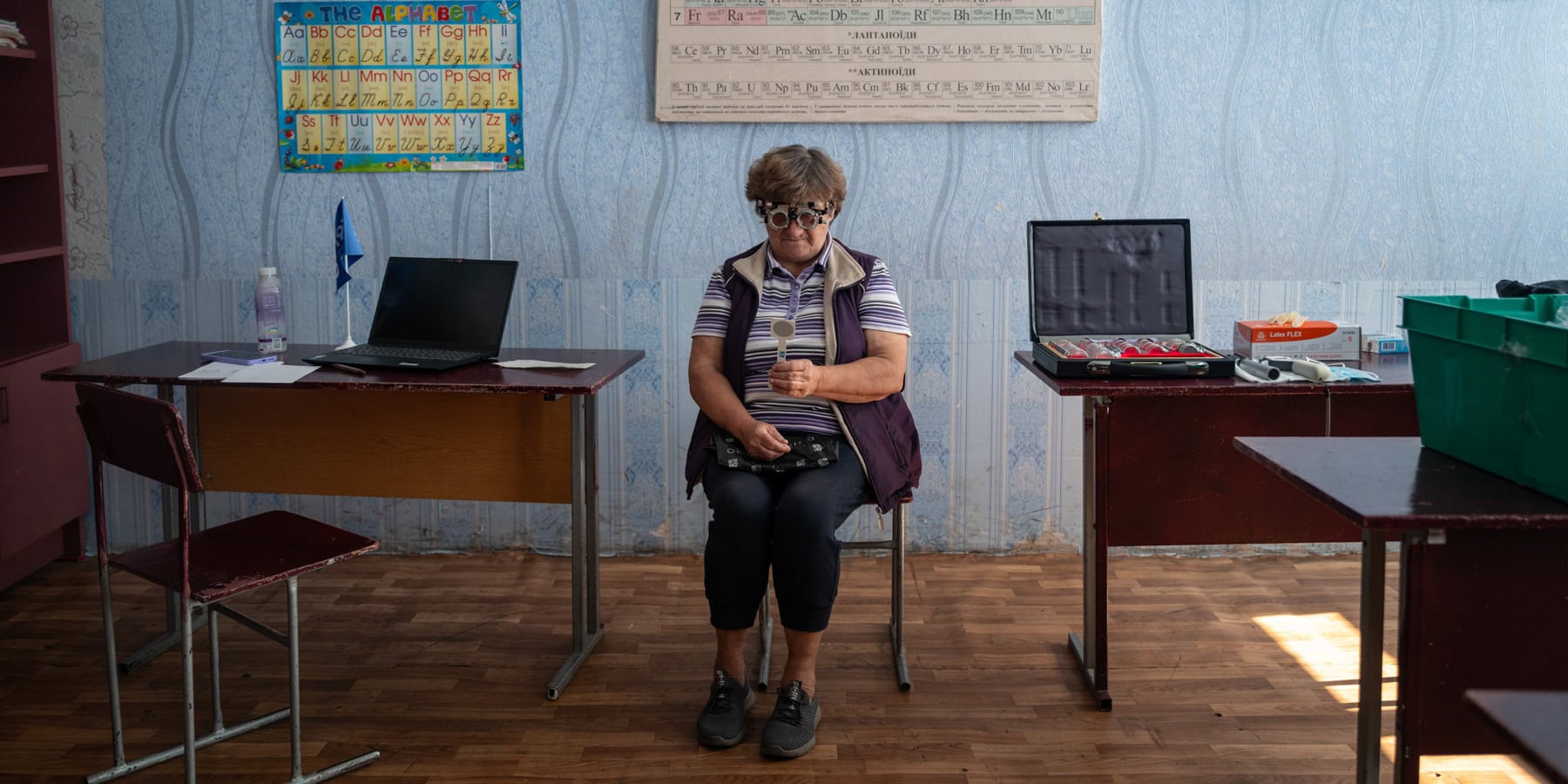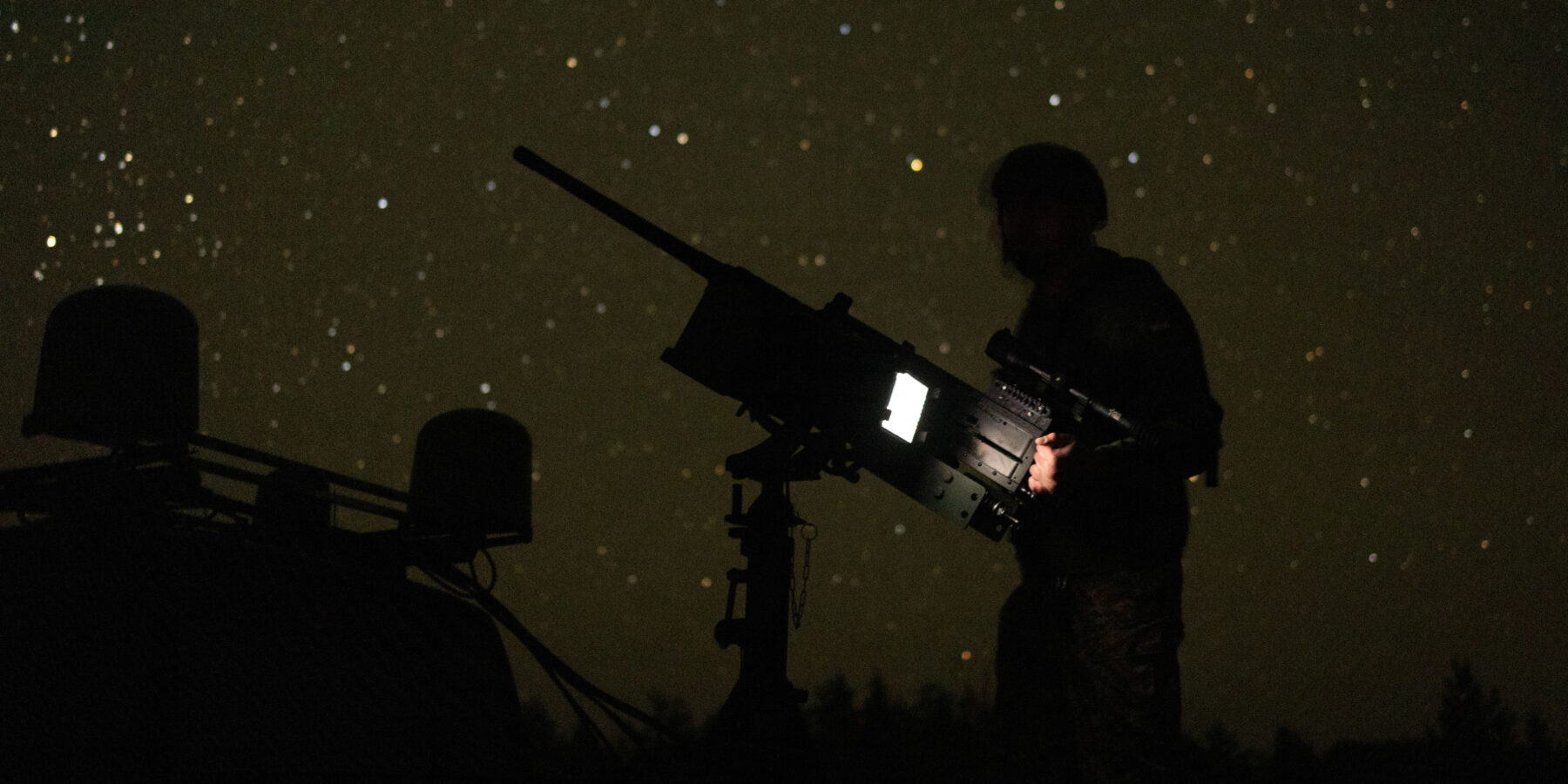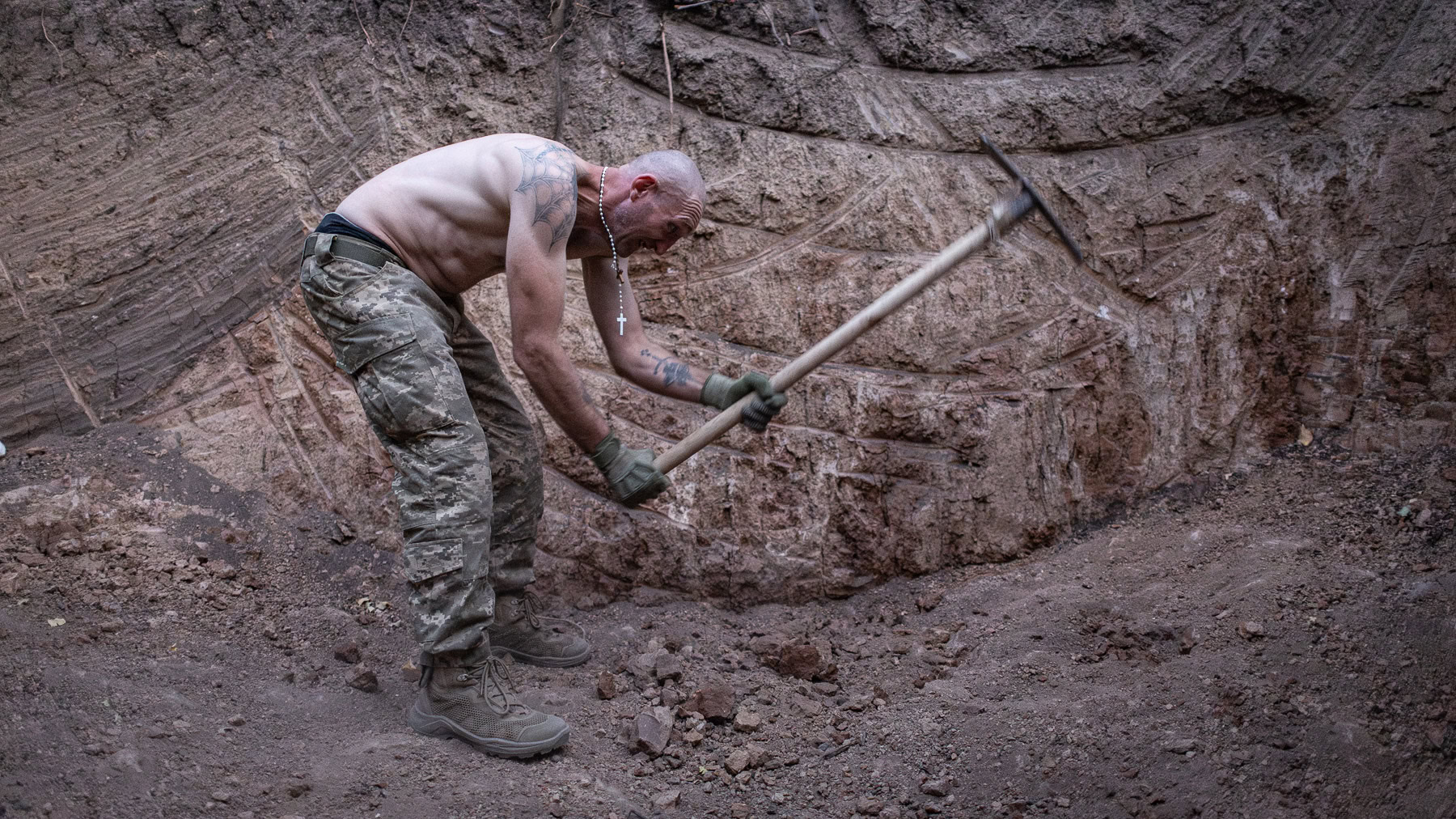
Still infamous: former inmates go to war but lack their promised rights
About 11,000 convicts have joined the army, according to the Penitentiary Service of Ukraine. Many have distinguished themselves in battles on the most difficult sections of the front.
